GIVE NOW before 2025 ends—your gift will be doubled to help children in need. Click here to 2x your impact!

Ranked nationally in pediatric care.
Arkansas Children's provides right-sized care for your child. U.S. News & World Report has ranked Arkansas Children's in seven specialties for 2025-2026.

It's easier than ever to sign up for MyChart.
Sign up online to quickly and easily manage your child's medical information and connect with us whenever you need.
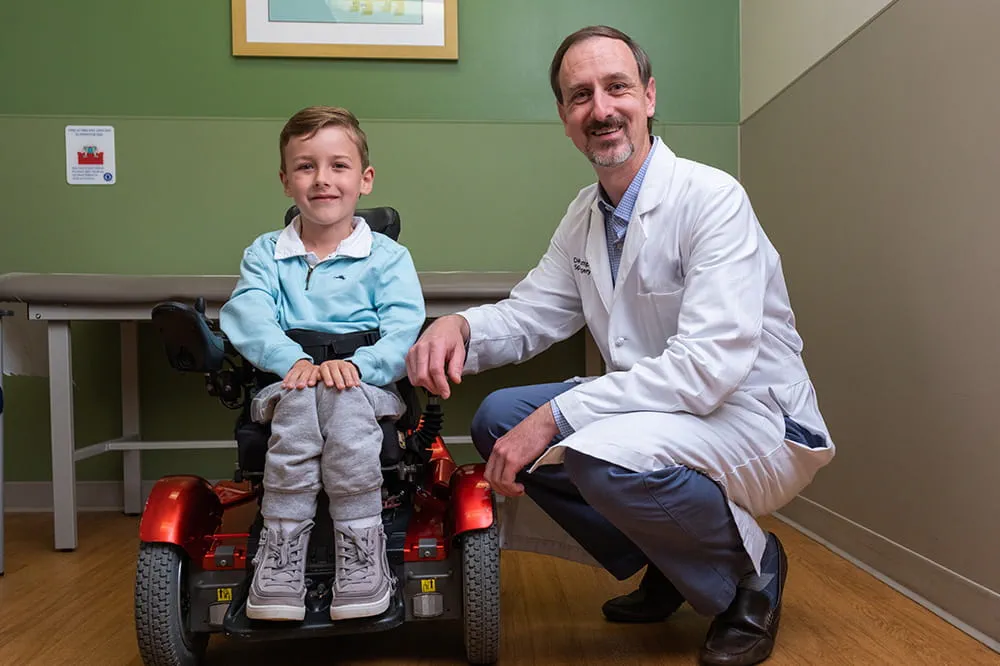
We're focused on improving child health through exceptional patient care, groundbreaking research, continuing education, and outreach and prevention.

When it comes to your child, every emergency is a big deal.
Our ERs are staffed 24/7 with doctors, nurses and staff who know kids best – all trained to deliver right-sized care for your child in a safe environment.

Arkansas Children's provides right-sized care for your child. U.S. News & World Report has ranked Arkansas Children's in seven specialties for 2025-2026.

Looking for resources for your family?
Find health tips, patient stories, and news you can use to champion children.

Support from the comfort of your home.
Our flu resources and education information help parents and families provide effective care at home.

Children are at the center of everything we do.
We are dedicated to caring for children, allowing us to uniquely shape the landscape of pediatric care in Arkansas.
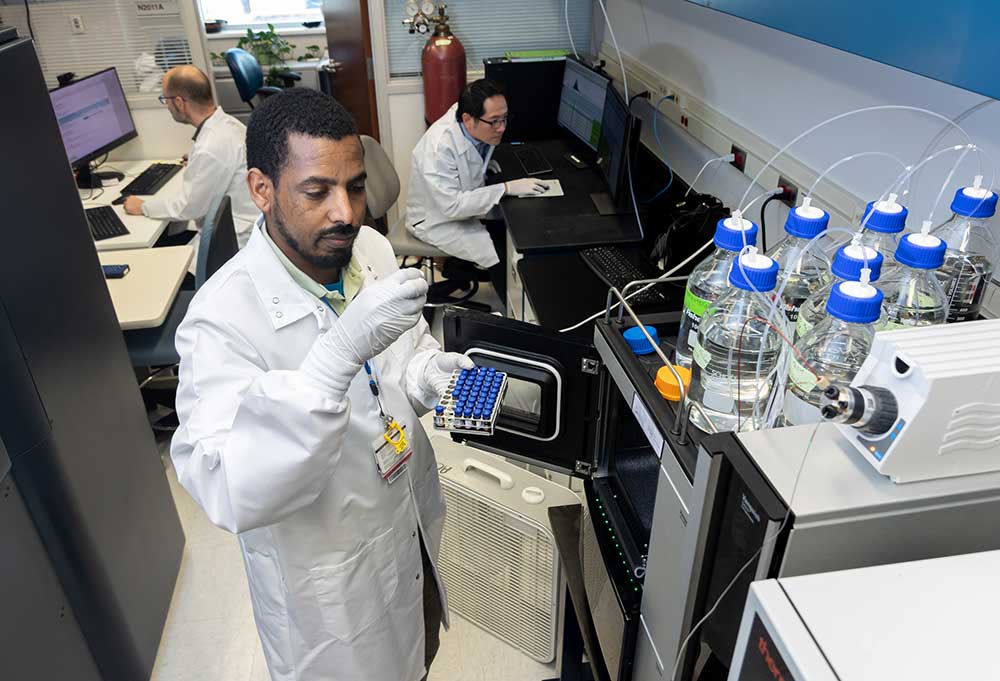
Transforming discovery to care.
Our researchers are driven by their limitless curiosity to discover new and better ways to make these children better today and healthier tomorrow.

We're focused on improving child health through exceptional patient care, groundbreaking research, continuing education, and outreach and prevention.
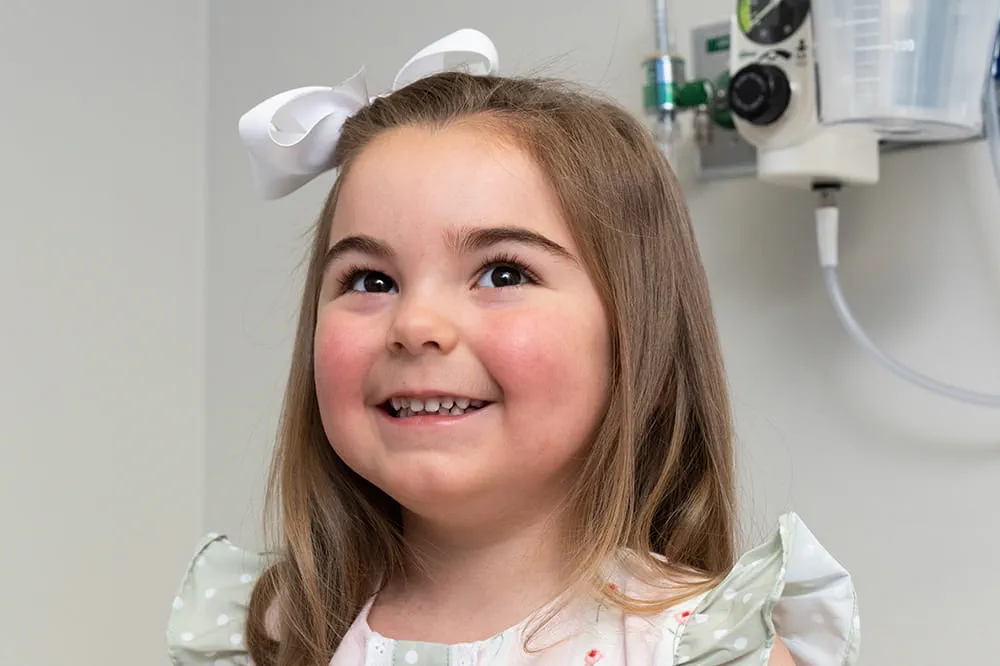
Then we're looking for you! Work at a place where you can change lives...including your own.

When you give to Arkansas Children's, you help deliver on our promise of a better today and a healthier tomorrow for the children of Arkansas and beyond

Become a volunteer at Arkansas Children's.
The gift of time is one of the most precious gifts you can give. You can make a difference in the life of a sick child.

Join our Grassroots Organization
Support and participate in this advocacy effort on behalf of Arkansas’ youth and our organization.

Learn How We Transform Discovery to Care
Scientific discoveries lead us to new and better ways to care for children.

Learn How We Transform Discovery to Care
Scientific discoveries lead us to new and better ways to care for children.

Learn How We Transform Discovery to Care
Scientific discoveries lead us to new and better ways to care for children.

Learn How We Transform Discovery to Care
Scientific discoveries lead us to new and better ways to care for children.

Learn How We Transform Discovery to Care
Scientific discoveries lead us to new and better ways to care for children.

Learn How We Transform Discovery to Care
Scientific discoveries lead us to new and better ways to care for children.
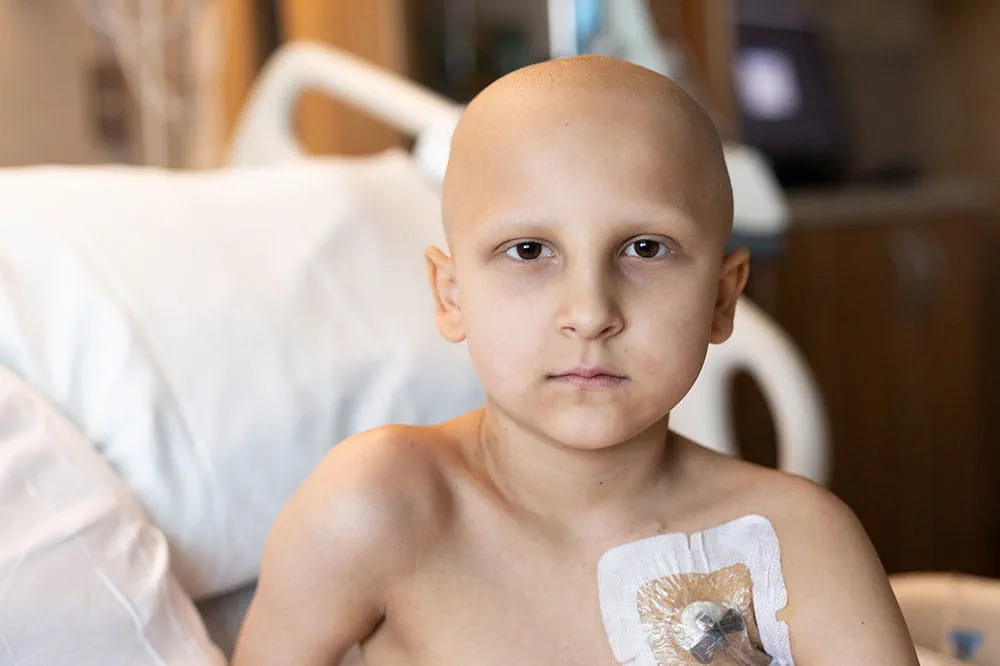
When you give to Arkansas Children’s, you help deliver on our promise of a better today and a healthier tomorrow for the children of Arkansas and beyond.
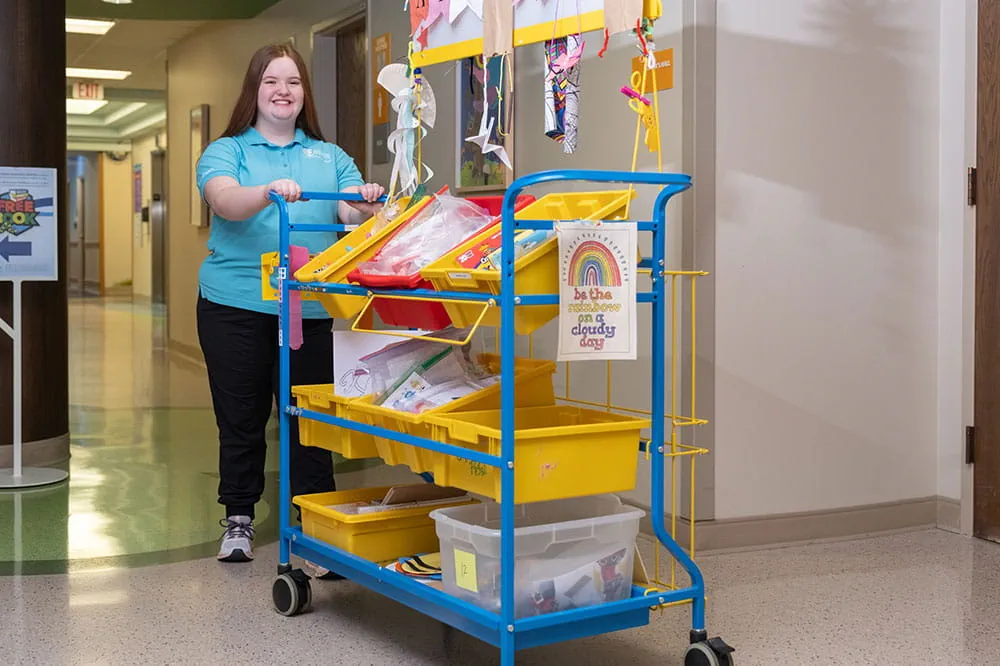
Your volunteer efforts are very important to Arkansas Children's. Consider additional ways to help our patients and families.

Join one of our volunteer groups.
There are many ways to get involved to champion children statewide.

Make a positive impact on children through philanthropy.
The generosity of our supporters allows Arkansas Children's to deliver on our promise of making children better today and a healthier tomorrow.
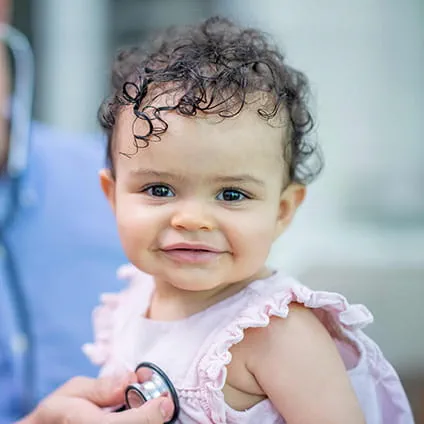
Read and watch heart-warming, inspirational stories from the patients of Arkansas Children’s.

Hello.

Arkansas Children's Hospital
General Information 501-364-1100
Arkansas Children's Northwest
General Information 479-725-6800

Kaposiform Hemangioendotheliom (KHE)
What is kaposiform hemangioendotheliom?
Kaposiform hemangioendotheliom (KHE) is a very rare type of non-cancerous (benign) tumor that grows in the blood vessels. It can appear anywhere on the body. KHE looks like a birthmark and usually grows just under the skin. But in some cases, it can grow more deeply in the chest, stomach or bones. The tumor often grows very quickly, but it does not spread to other areas of the body. KHE is most often diagnosed in babies under a year old.
Some children with KHE develop Kasabach-Merritt phenomenon. This condition can cause the number of platelets in the blood to drop, and affect the blood’s ability to clot. It is more likely to occur if a child has a very large tumor or if it is growing deeper in the body.
What are the signs and symptoms of KHE?
The most common symptom of KHE is a lesion on the skin that may look like a birthmark. The lesion may be:
- Purple or deep red in color
- Swollen and painful
- Shiny and firm in texture
- Warm to the touch
What causes KHE?
Experts do not know what causes KHE. It is not known to run in families.
How is KHE treated?
Treatment for KHE will depend on the size and location of your child’s tumor. Some small tumors may go away on their own with no treatment Your team at Arkansas Children’s is experienced in caring for children with KHE and will work with you to come up with the best treatment plan for your child.
Treatment options include:
- Watching the tumor to see if it needs treatment or if it will go away.
- Medications to slow the tumor’s growth or relieve symptoms.
- A procedure called embolization to cut off blood supply to the tumor.
- Surgery to remove the tumor. This may be the best option for small tumors or those that are growing very quickly.

Appointments
New and existing patients can visit our appointment hub for several ways to request an appointment, including online scheduling for many services.
Request an appointment
